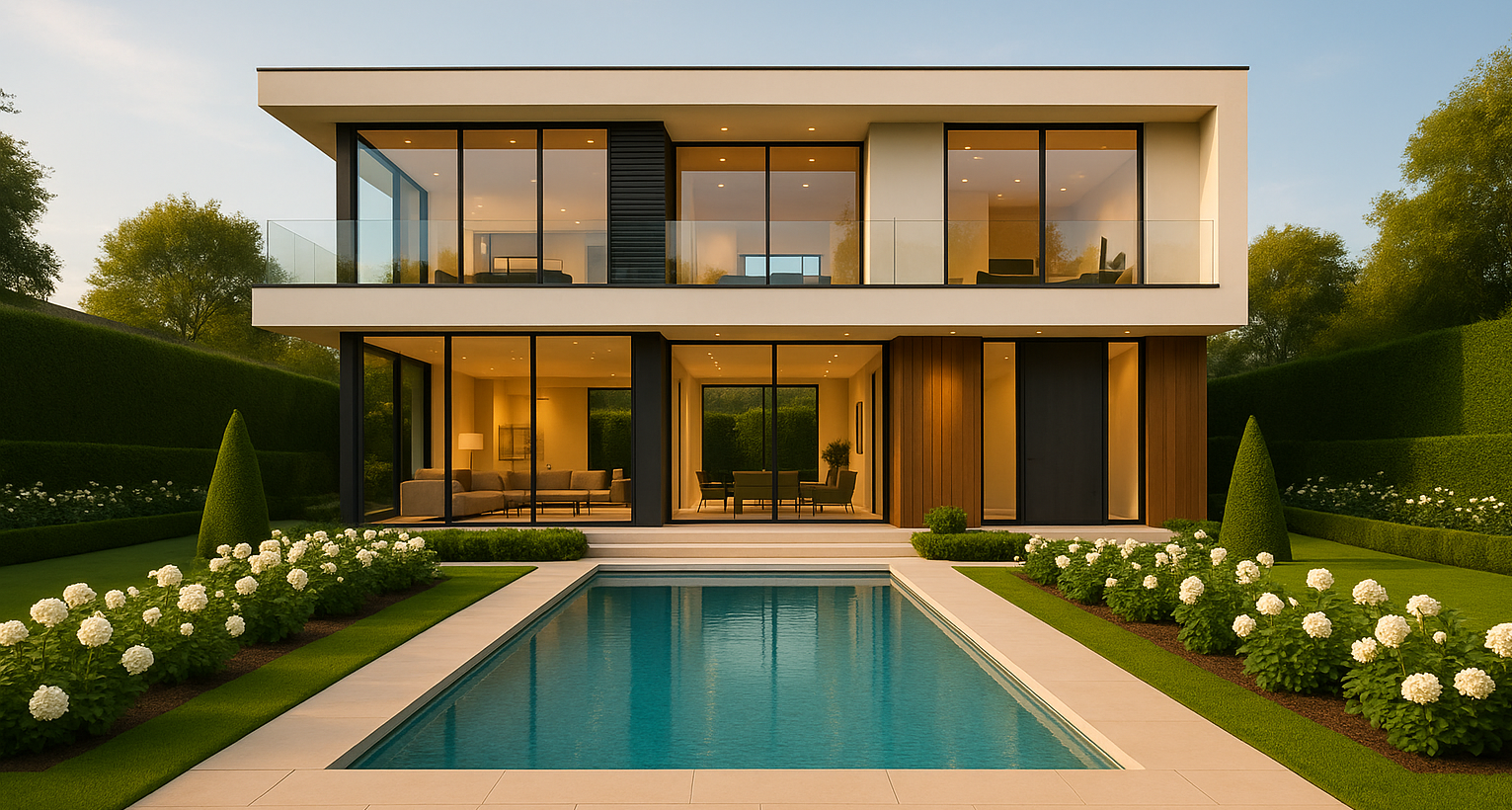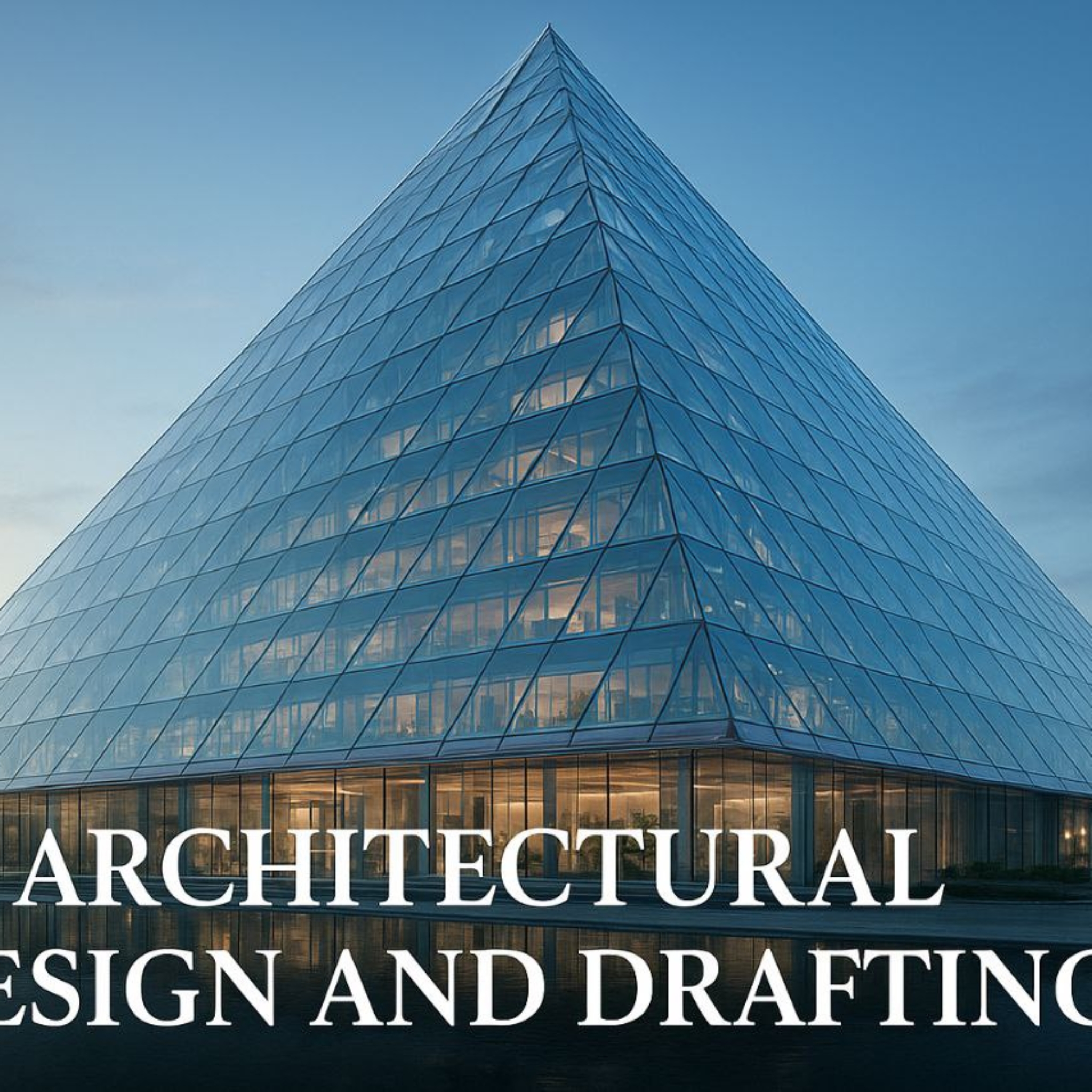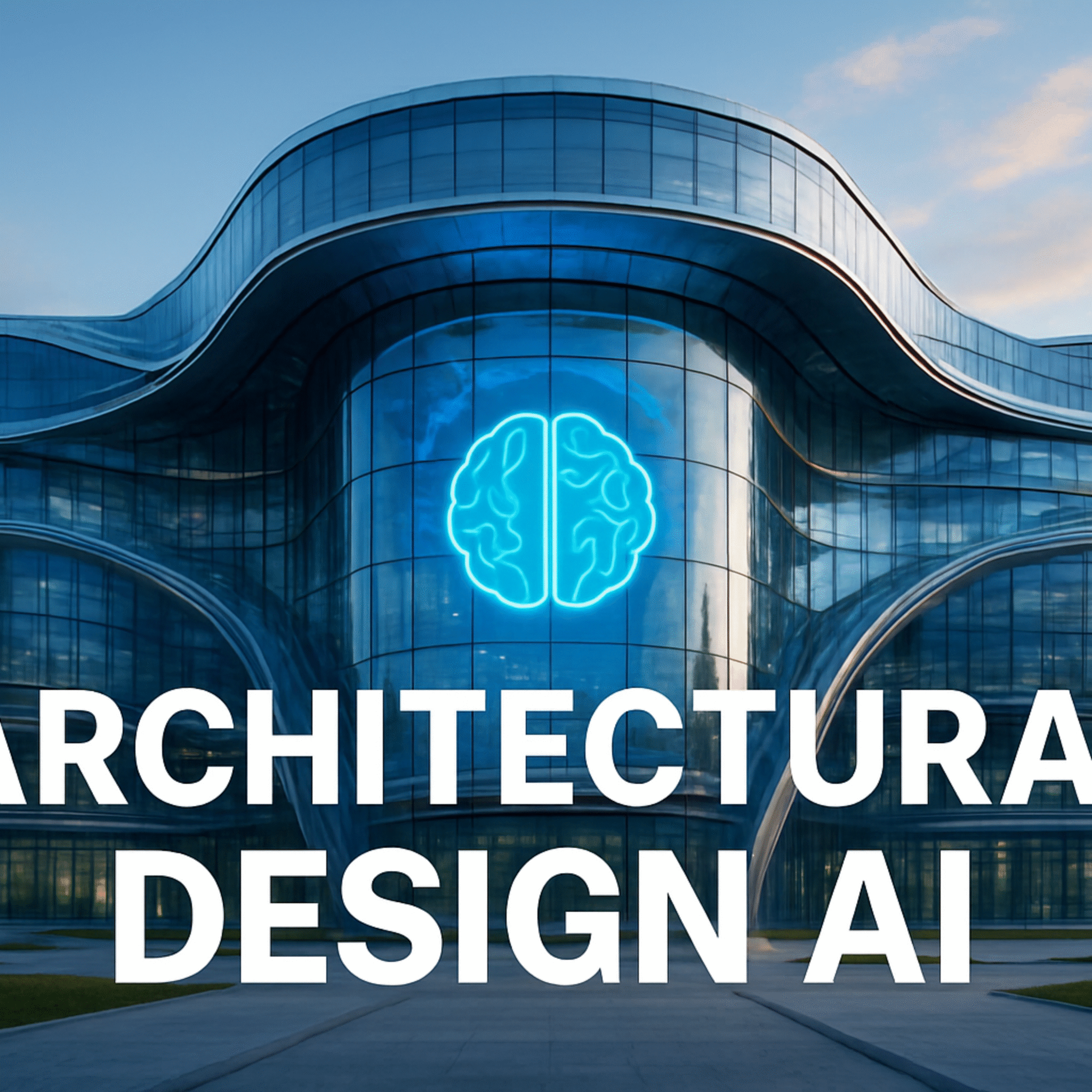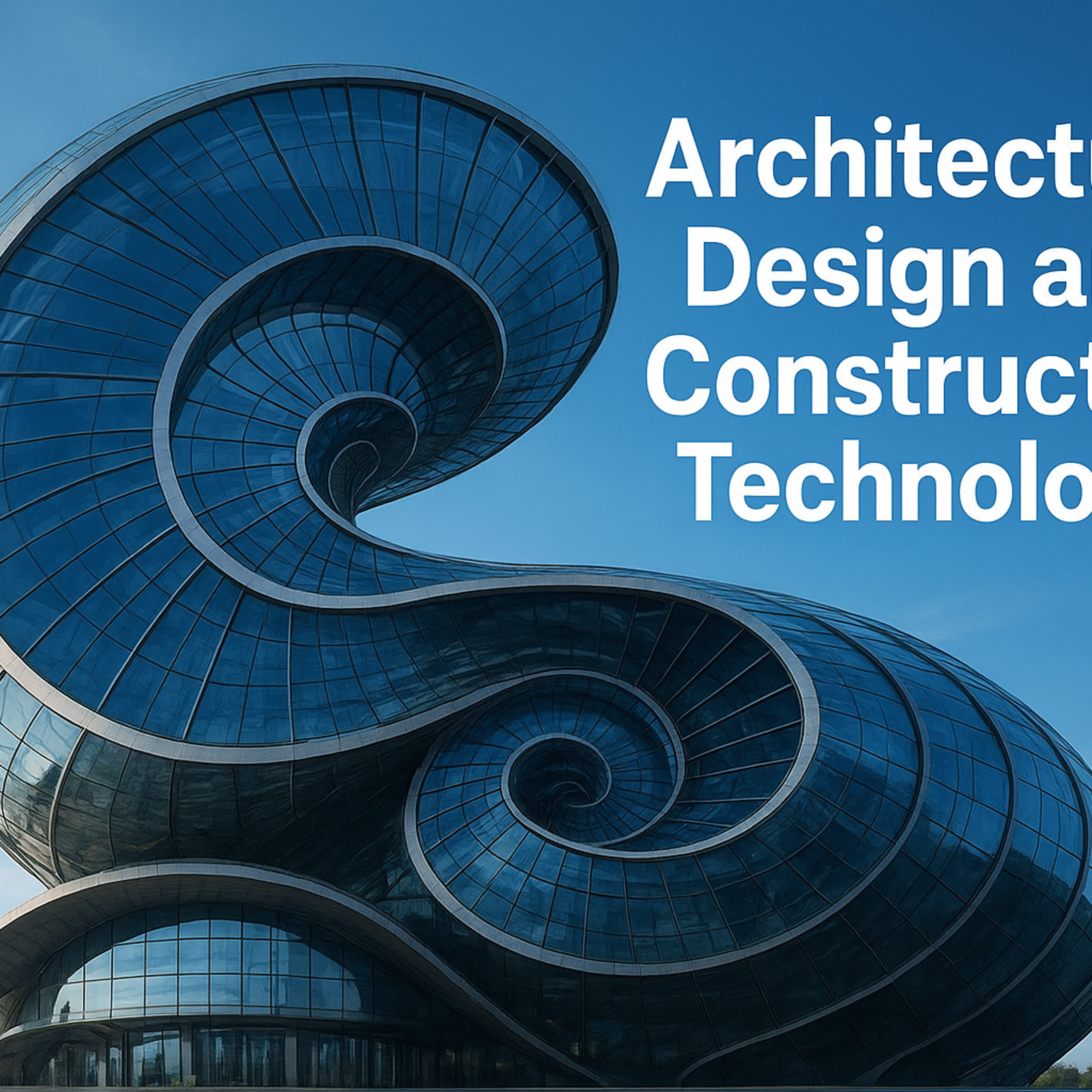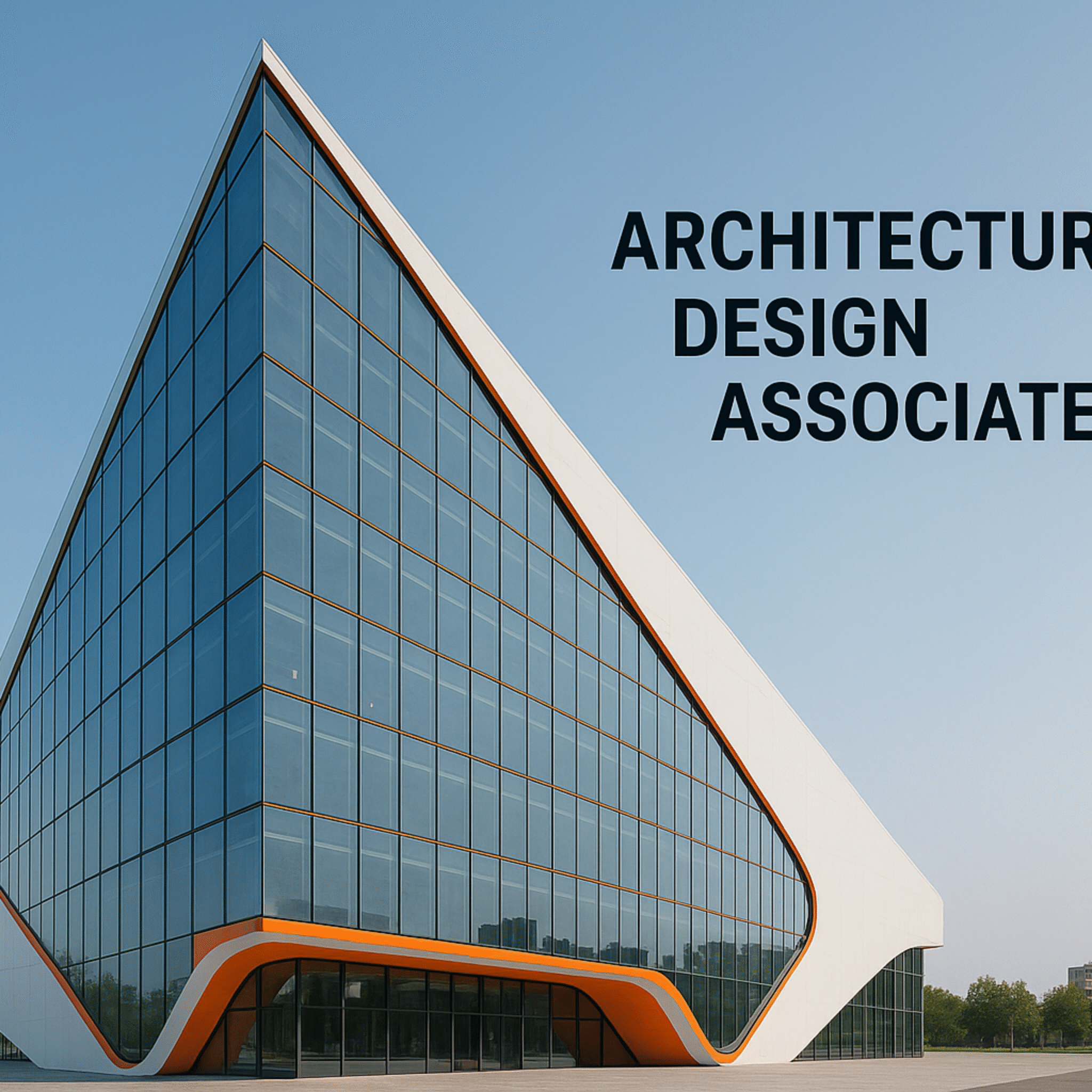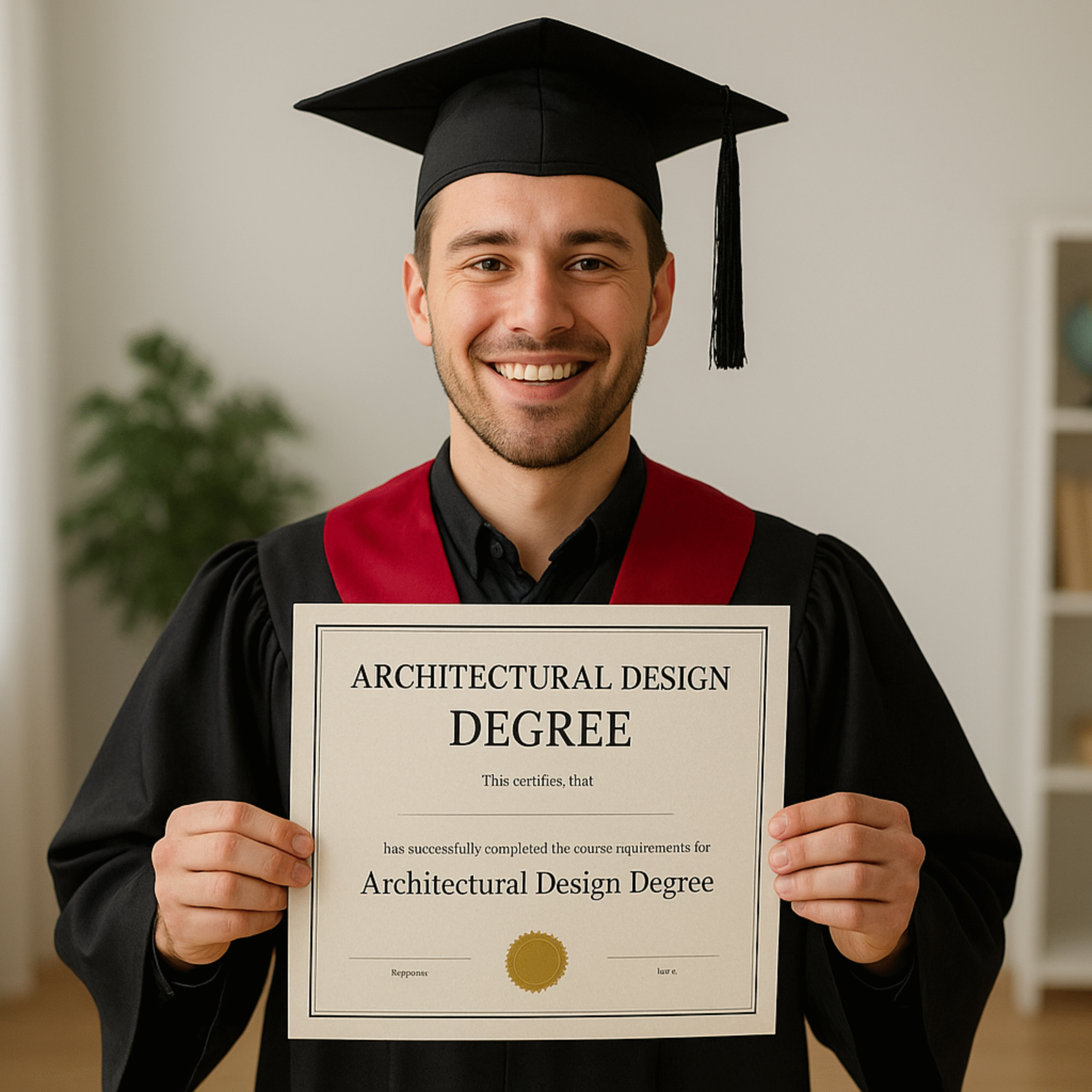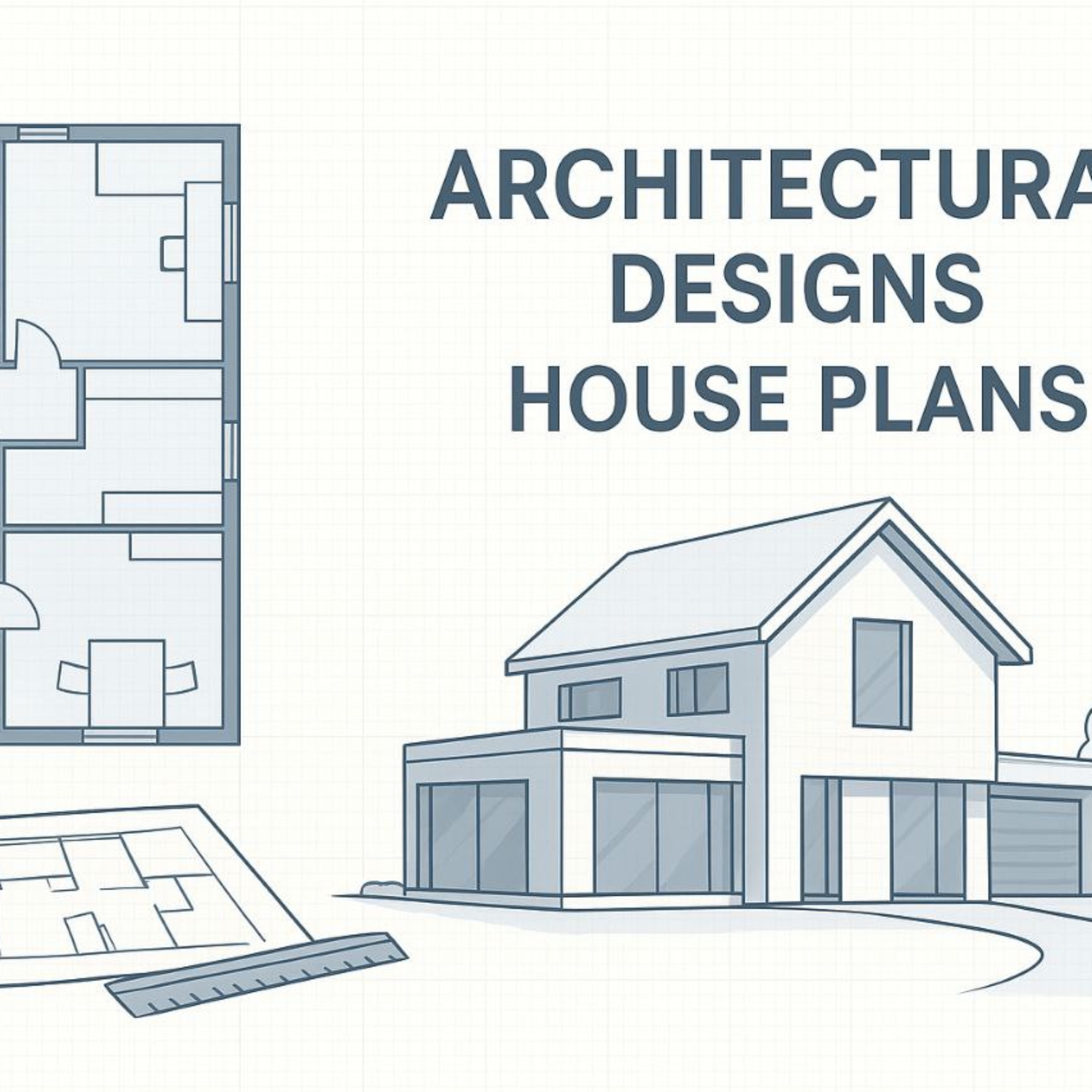Architectural Design and Construction Technology

Architectural Design and Construction Technology : Shaping the Future of the Built Environment
Topics : Architectural Design, Construction Technology, Sustainability
The Role of Architectural Design
In today’s rapidly evolving world, architectural design and construction technology stand as two interdependent forces shaping the way we envision, build, and experience the built environment. Together, they merge creativity with precision, innovation with practicality, and aesthetics with sustainability. As global demand grows for smarter, greener, and more efficient structures, the synergy between design and technology continues to redefine the boundaries of modern architecture.
Architectural design is the creative and conceptual foundation of every building. It transforms abstract ideas into tangible forms that serve both aesthetic and functional purposes. Modern architects balance beauty, functionality, and sustainability while addressing social, cultural, and environmental contexts.
With the aid of advanced tools such as AutoCAD, Revit, and Building Information Modeling (BIM), designers can visualize every detail before construction begins. These technologies allow architects to explore multiple design options, analyze performance, and refine structures with unprecedented accuracy.
Architectural design today is not limited to form and structure—it also reflects a deep understanding of human behavior, urban context, and environmental responsibility. Each line, curve, and material choice contributes to creating spaces that inspire, endure, and perform efficiently.
The Power of Construction Technology
While design imagines the future, construction technology brings it to life. It encompasses the tools, systems, and methods used to execute architectural visions with efficiency, safety, and precision.
Technological innovation has revolutionized how buildings are constructed. From modular and prefabricated construction to 3D printing, today’s construction processes are faster, more cost-effective, and more sustainable than ever. Smart construction systems integrate IoT sensors, automated controls, and AI-powered monitoring to optimize energy consumption, enhance safety, and streamline maintenance.
The evolution of materials also plays a key role. The use of cross-laminated timber, recycled steel, and low-emissivity glass supports eco-friendly development while maintaining structural strength. These innovations collectively reduce waste, improve energy efficiency, and align construction practices with global sustainability goals.
Sustainability: The Core of Modern Practice
Sustainability has evolved from a trend into an essential standard. Architectural design and construction technology now prioritize minimizing environmental impact, improving building performance, and promoting occupant well-being.
Green certifications like LEED, BREEAM, and WELL Building Standard guide the adoption of sustainable methods and materials. Meanwhile, energy modeling software helps architects simulate and optimize factors such as lighting, insulation, and ventilation before a single brick is laid.
Through sustainable innovation, professionals in both fields are creating buildings that not only consume less energy but also give back to the environment — through renewable systems, green roofs, and smart resource management.
Digital Transformation in Architecture and Construction
Digital transformation has redefined both architecture and construction. BIM, parametric modeling, CNC fabrication, and robotic construction have made it possible to execute complex, futuristic designs that were once deemed impossible.
Virtual and Augmented Reality (VR/AR) now allow architects, engineers, and clients to visualize projects in immersive environments, improving collaboration and decision-making. Drone surveying enhances precision and safety on construction sites, while AI-driven data analytics predicts maintenance needs and improves long-term performance.
These technologies are not replacing creativity—they’re enhancing it. They bridge the gap between imagination and implementation, enabling architects and builders to design smarter, faster, and more sustainably.
The Role of Landscape Architecture and Construction Technology
Beyond buildings, landscape architectural design and construction technology shape the outdoor environments that connect people to nature. This multidisciplinary field blends ecology, engineering, and urban planning to create resilient, functional, and beautiful landscapes.
Technological tools like GIS mapping, 3D modeling, and BIM coordination empower landscape architects to plan with environmental precision. Green infrastructure elements — such as rain gardens, permeable pavements, and native plant systems — help manage stormwater, reduce heat, and support biodiversity.
As with architectural design, sustainability remains central. Advanced construction methods, eco-friendly materials, and smart irrigation systems combine to create outdoor spaces that are both enduring and environmentally responsible.
Career Opportunities in Architectural Design and Construction Technology
The convergence of architecture and construction technology has created a diverse range of career paths. Professionals can specialize as architects, BIM managers, construction technologists, digital fabrication specialists, or sustainability consultants.
As smart cities and green infrastructure projects expand worldwide, demand for skilled experts continues to rise. These roles require a blend of creativity, technical expertise, and environmental awareness — qualities that drive innovation across the global built environment.
Architectural Design and Construction Technology Salaries
Salaries in these industries reflect the technical skill and creative responsibility involved.
- Architectural Designers : typically earn between $60,000–$100,000 annually in North America, depending on experience and specialization.
- Construction Technologists and Managers : often earn $70,000–$120,000, with senior professionals exceeding that range in large-scale projects.
Professionals proficient in BIM, sustainable design, or digital construction tools are especially sought-after and often command higher salaries.
Geographic location, certifications (like LEED, Autodesk, or PMP), and advanced degrees further boost earning potential in this evolving field.
Future Trends: Smart, Sustainable, and Human-Centered
The future of architectural design and construction technology lies in smart integration — merging data, automation, and sustainability into one seamless ecosystem. The rise of AI, machine learning, and smart materials will enable buildings to self-monitor and adapt to environmental conditions.
At the same time, human-centered design will ensure that technology serves people — enhancing comfort, health, and quality of life. As these disciplines continue to evolve together, the line between design and technology will blur, leading to a more connected and sustainable world.
Architectural design and construction technology together represent the perfect balance of art, science, and innovation. They shape not only buildings but also the way we live and interact with our surroundings.
By embracing digital transformation, sustainability, and interdisciplinary collaboration, professionals in these fields are paving the way for a smarter, greener, and more resilient future — one structure at a time.


